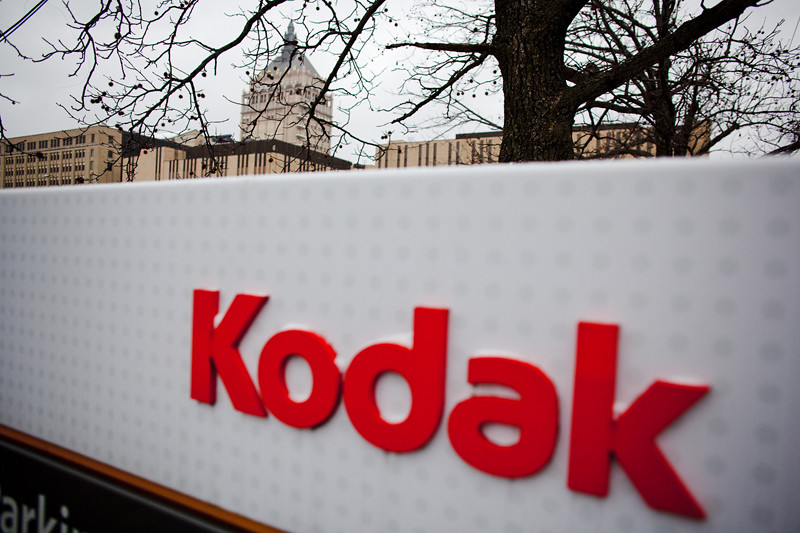Sweden: A Model for Affordable Childcare

Sweden is often held up as a shining example when it comes to accessible and affordable childcare. The Swedish government ensures that no parent pays more than 3% of their income on childcare, with the average monthly fee hovering around $150. This approach means parents aren’t forced to choose between work and quality care for their kids. Sweden’s system is also famous for its generous parental leave, allowing parents to share a whopping 480 days of paid leave between them. In 2024, the government announced an increase in funding for early childhood education, aiming to keep standards high while costs remain low. This has resulted in Sweden topping the charts for parental satisfaction and child well-being. The nation’s commitment to both affordability and equality continues to inspire families and policymakers around the world.
Denmark: Quality Care at Low Costs

Denmark’s approach to childcare is both practical and caring, making it a true standout. Danish families pay on average about $200 per month for daycare, thanks to substantial government subsidies that cover roughly 75% of the cost. This financial support frees up parents to focus on their careers or studies without the heavy burden of childcare fees. Denmark’s flexible parental leave—up to 52 weeks paid—gives families important bonding time in those crucial early years. Recent expert commentary emphasizes how this system not only lowers financial stress but also boosts childhood development. Danish children regularly score high in educational assessments, a fact often attributed to their strong early learning foundations. The nation’s model is frequently cited as a powerful example of how investing in children pays off for society as a whole.
Finland: Investing in Early Childhood Education

Finland stands out for its deep investment in children’s earliest years, with average monthly childcare costs around $250. The Finnish government’s commitment to accessible care means that almost every child has a spot in a high-quality early education setting. Parents benefit from up to 14 months of paid leave, allowing families ample time to adjust and bond. In 2025, Finland is expected to expand its services, including offering more flexible hours for parents who work non-traditional schedules. Experts have repeatedly pointed out how Finnish children’s consistent top marks in global education rankings start with this investment in early care. The country’s focus is not just on affordability but also on quality, ensuring children are nurtured and prepared for school. Families report high satisfaction with both the cost and the caliber of services, making Finland a leader in the field.
Canada: A Growing Focus on Affordability

Canada has made waves with its bold plans to slash childcare costs nationwide. Although the current average sits around $1,000 per month, the government is working to bring that down to just $10 a day by 2025. A massive $30 billion federal investment over five years is fueling the creation of more licensed childcare spaces and raising quality standards. Provinces are rolling out new programs, and parents are already starting to feel the difference. Many experts highlight how affordable childcare is crucial for getting more women into the workforce, boosting both family incomes and the broader economy. The conversation around childcare has become a major political issue, with policymakers under pressure to deliver real results. Families across Canada are hopeful that these changes will finally make quality childcare accessible to all, not just a privileged few.
New Zealand: Balancing Quality and Affordability

New Zealand offers a model that strikes a balance between cost and quality, with average monthly fees sitting at about $300. The popular “20 hours free” scheme grants all children aged three to five access to complimentary early childhood education each week, making a real difference for family budgets. Parents can also access up to 26 weeks of paid parental leave, giving them valuable time at home. Recent surveys show rising satisfaction among New Zealand families, who appreciate the high standards set for childcare providers. The government continues to invest in early education, and new regulations aim to keep improving quality. Parents often mention the flexibility and variety of options available, which helps them manage work and home life. For many, the country’s approach is proof that quality childcare doesn’t have to break the bank.
Australia: Progressing Towards Affordability

Australia has made noticeable progress, but affordable childcare remains a work in progress. The average cost is still about $1,200 per month, though generous subsidies—tied to family income—can dramatically reduce what parents pay out of pocket. The government’s 2024 announcement of increased funding brought hope for lower fees and better access. Yet, families in rural and remote areas still face challenges, as availability can be limited. Experts stress the importance of ongoing investment to ensure that every child, regardless of their background, can access high-quality care. The push for affordable childcare is widely seen as a way to support working parents, especially women, and to promote gender equality. Despite the hurdles, Australia’s commitment to improvement is clear, and many families are optimistic about the future.
Germany: A Commitment to Family Support

Germany has become known for its strong backing of families needing childcare, with average monthly costs at around $300. The government provides a range of subsidies, making it easier for parents to enroll their children in quality programs. In 2025, plans are underway to expand available childcare spaces, a move welcomed by working parents facing long waiting lists in some areas. Parental leave is also notably generous, with up to 14 months paid and the option to share it between parents. Families report high satisfaction with both price and quality, and many say the system helps them balance work and home life more easily. Policymakers point to rising demand as proof that parents value these benefits. Germany’s ongoing investments show a firm commitment to supporting young families and giving every child a strong start.
The United States: A Luxury for Many

Childcare in the United States is often out of reach for many, with families facing fees ranging from $1,200 to $2,000 per month. The absence of a national paid parental leave policy leaves parents scrambling for solutions and often forces tough choices between career and care. In recent news, reports have underscored that the cost of childcare can eat up as much as 30% of a family’s income, a statistic that is both shocking and disheartening. Many parents say they feel trapped, unable to afford quality care but also unable to stay home without risking financial instability. Experts continue to call for policy reforms, but significant changes remain elusive. As a result, childcare in the U.S. is viewed by many as a luxury rather than a right. The high costs are a major barrier for millions of working families.
Singapore: Premium Prices for Quality Care

Singapore’s reputation for high-quality childcare comes with a hefty price tag, with monthly fees typically running between $1,500 and $2,500. While the government does offer some subsidies, many families still feel the financial pinch. The country’s commitment to educational excellence has driven up demand—and prices—creating fierce competition for places in the best centers. In 2025, there are plans to expand affordable options, but many parents remain skeptical about whether change will come fast enough. Rising living costs only deepen the challenge, forcing some families to make sacrifices elsewhere. Despite these hurdles, parents often say they’re willing to pay for the best possible start for their children. The high cost, however, keeps quality care out of reach for many.
Switzerland: The Cost of Quality Childcare

Switzerland rounds out the list of countries where childcare is seen as a luxury, with prices averaging from $1,500 to $2,000 per month. High living standards and strict regulations mean quality is top-notch, but affordability is a major issue. Government support is available, but it rarely covers enough to make a real dent in expenses for most families. In recent years, calls for reform have grown louder, as parents struggle to balance work and family life under financial strain. Many families express concern about the impact these costs have on their overall stability. Policymakers are under increasing pressure to find solutions that don’t compromise quality. For now, Swiss families face an uphill battle to secure both affordable and excellent care for their children.






